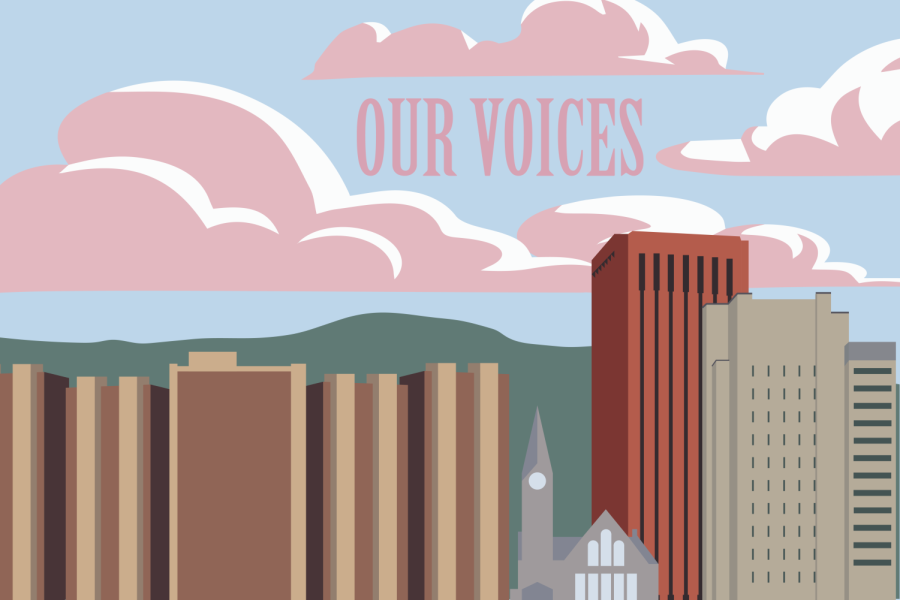With the birth of deinstitutionalization, the closure of state mental hospitals and asylums, social justice advocates rejoiced in the sudden provision of equality for the mentally ill.
At the pinnacle of rampant criticism from the public about the malevolence in psychiatric hospitals, almost everyone involved was in a state of relief at the policy shift to conquer the evil that is so frequently reenacted in popular TV. David Rosenhan’s experiment in 1973 further proved the non-therapeutic treatment in these asylums and Erving Goffman’s works on the social situations of mental patients rallied support to close these institutions for good. Alas, the movement was monumental in the human rights perspective, where freedom conquered the vices of society.
So why do the mentally ill still feel trapped?
USA Today reports that more than “half a million Americans with serious mental illnesses are falling through the cracks of a system in tatters.” Chris Weiss of PolicyMic reported last year that although 25 percent of Americans experience mental health issues, less than one in three mentally ill adults receive treatment. It’s as if the federal government didn’t follow up on deinstitutionalization, since almost all of these former patients are homeless, unemployed, involved with crime or facing a darker mental illness on top of their current ones – depression.
“We have replaced the hospital bed with a jail cell, the homeless shelter and the coffin,” said child psychologist-turned-U.S. Rep. Tim Murphy. Since the recession in 2008, budget cuts affected almost all public programs, and the mental health division is no exception – from 2009 to 2012, states cut nearly $5 billion in services. Some may argue that these shortcomings are nothing compared to the horrors patients experienced in psychiatric hospitals, isolated from their loved ones and the rest of society. But clearly the communities to which these mentally ill people, especially those with severe symptoms, returned did not commit to the integration process as much as was necessary in order to truly provide safe and comfortable living conditions.
Pointing fingers to decide who to blame won’t solve anything. The main problem is the negative stigma associated with having a mental illness. Even today, though the science of the neurological differences between a healthy person and a mentally ill person show that, yes, mental illness is real, many people and cultures still fail to recognize that fact.
Where a physical ailment is easily observable and the efforts, funding and research involved to find a solution are sound, to define an ailment that is not easily seen or understood makes it almost intangible and therefore not worth the resources to find a cure. MentalHealth.gov juxtaposes the myths and facts of mental health issues, erasing the cultural taboo that is nearly as prevalent today as it was when psychiatric institutions were erected. By ignoring that mental illness is a very real problem, more and more people go undiagnosed for fear of being labeled as weak, violent or unpredictable. They struggle to divert themselves away from any help that could potentially be in their best interest. As a result, many untreated mental health issues can lead to an increased likelihood of substance abuse, child abuse and other problems. Through the outdated stubbornness of society and private institutions which ignore mental illness, such as insurance companies that wouldn’t cover mental health costs, a cyclical pattern of social problems arise and more efforts and funding are wasted to cover them up.
So is there any hope for the mentally ill? Under the Affordable Care Act, the most polarizing Obama policy, all qualified health plans are required to cover mental health services, Dr. Katherine Barnett of The Boston Globe reports.
However, government policies do not change individual behavior and opinions by themselves. Through more rigorous education and greater awareness of mental health, we can change the generations-old stigma of mental health and provide services for patients in need that exceed what deinstitutionalization advocates hoped for almost half a century ago.
Noosha Uddin is a Collegian contributor. She can be reached at [email protected].












![By freestocks.org [Creative Commons Zero], via Wikimedia Commons](https://dailycollegian.com/wp-content/uploads/2024/04/Picture1-1.png)




